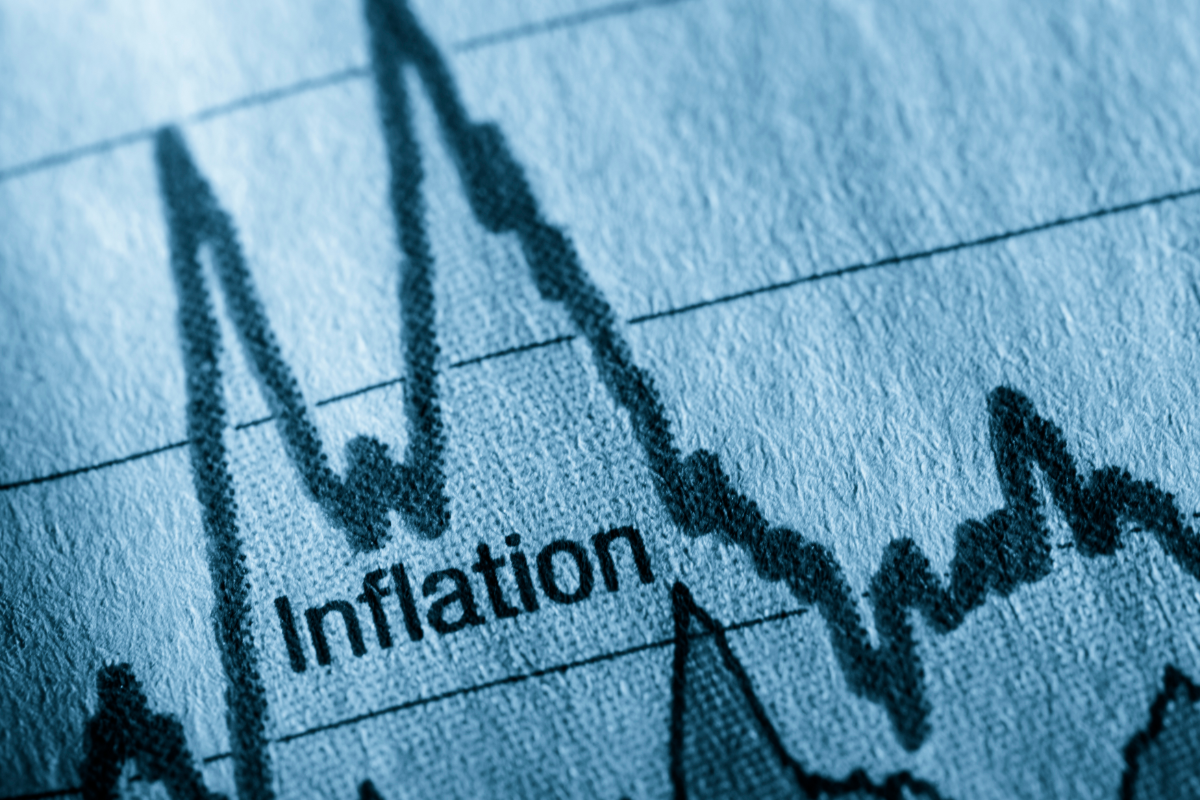AUTHOR(S):
TOPIC(S):
Inflation, Monetary Policy, Fiscal Policy, Interest Rates, Central Bank, Exchange Rate, Price Controls, Purchasing Power, Economic Stability, Government Intervention
LOCATION(S):
Ottawa, Ontario
PUBLISHED:
August 22, 2023 8:00am EDT
ORGANIZATION(S):
First Class Agents, FCA, Central Bank
Inflation is a term that often makes headlines and dominates economic discussions. It’s a phenomenon that affects the prices of goods and services, impacting the purchasing power of individuals and the stability of economies. In this article, we will delve into the concept of inflation, its causes, and explore potential measures to combat it.
What is Inflation?
Inflation refers to the general increase in prices of goods and services in an economy over a period of time. Put simply, it means that your money buys less than it used to. Inflation is typically measured as an annual percentage, such as 2% or 3%. This percentage indicates how much, on average, prices have risen over the past year.
Causes of Inflation
Understanding the causes of inflation is crucial to addressing it effectively. Inflation can be broadly categorized into two types:
Demand-Pull Inflation: This occurs when the demand for goods and services exceeds their supply. When consumers have more money to spend, they bid up prices, leading to inflation. Factors such as increased consumer confidence, government stimulus packages, or reduced interest rates can contribute to demand-pull inflation.
Cost-Push Inflation: Cost-push inflation happens when the production costs of goods and services increase. This can be due to factors like rising energy prices, increased labor costs, or supply chain disruptions. When businesses face higher costs, they often pass them on to consumers in the form of higher prices.
Stopping Inflation
While moderate inflation is considered normal and can even be beneficial for economic growth, high and unpredictable inflation can have detrimental effects. Here are some strategies to control and prevent inflation:
Monetary Policy: Central banks, like the Federal Reserve in the United States, use monetary policy tools to control inflation. They can raise interest rates to reduce the amount of money in circulation, making borrowing more expensive and slowing down spending. Conversely, they can lower interest rates to stimulate economic activity during periods of low inflation.
Fiscal Policy: Governments can use fiscal policy to influence inflation. This involves adjusting government spending and taxation. During times of high inflation, governments can reduce spending and increase taxes to reduce demand in the economy.
Supply-Side Policies: Encouraging policies that boost the supply of goods and services can help combat inflation. This includes investments in infrastructure, education, and technology to increase productivity and reduce production costs.
Wage and Price Controls: In extreme cases, governments may implement wage and price controls, setting limits on how much wages and prices can increase. However, this approach is often seen as a last resort, as it can lead to market distortions and unintended consequences.
Exchange Rate Management: Inflation can also be imported through fluctuations in exchange rates. Governments can use exchange rate policies to manage the impact of currency fluctuations on inflation.
Long-Term Planning: Reducing inflation expectations is essential. When people expect higher prices in the future, they may spend more today, contributing to inflation. Transparency in economic policies and communication from central banks can help manage these expectations.
Inflation is a complex economic phenomenon with various causes and potential consequences. While moderate inflation is generally considered a sign of a healthy economy, high and unpredictable inflation can erode the purchasing power of individuals and disrupt economic stability. By implementing sound monetary and fiscal policies, investing in productivity-enhancing measures, and managing inflation expectations, governments and central banks can work to control and prevent inflation, ultimately promoting economic well-being and stability for all.














